Religion
In this section religions, religious belief and many elements of religiosity are explored and discussed. Early pagan beliefs in Britain and Ireland to the worship of gods across Europe are explored as are the religious changes that monotheism introduced. How religion affects themes of power, individuality and architecture are debated as are key historical movements such as the Reformation and the crusades.
Sort by:
Date (Newest first) | Title A-Z
Show:
All |
Articles |
Podcasts |
Multipage Articles
-
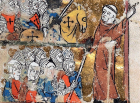
The First Crusade, 1095–99
ArticleClick to view -
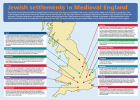
Jewish settlements in Medieval England
ArticleClick to view -

Secular acts and sacred practices in the Italian Renaissance church interior
ArticleClick to view -
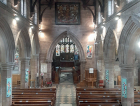
Philip Larkin: appreciating parish churches
ArticleClick to view -

The Jews of Medieval England
ArticleClick to view -

My Favourite History Place: Sawley Abbey
ArticleClick to view -

What Have Historians Been Arguing About... the impact of the English Reformation
ArticleClick to view -

A woman of masculine bravery: the life of Brilliana, Lady Harley
ArticleClick to view -
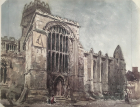
Petit’s impact on our understanding of Victorian life and culture
ArticleClick to view -

The secret diaries of William Wilberforce
ArticleClick to view -

Out and About in Cairo
ArticleClick to view -
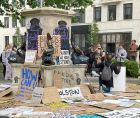
The British Empire on trial
ArticleClick to view -

The Christian Kingdoms of Nubia and Ethiopia
ArticleClick to view -

What did it mean to be a city in early modern Germany?
ArticleClick to view -

My Favourite History Place: St James Church, Gerrards Cross
ArticleClick to view -
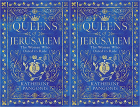
Queens of Jerusalem: The Women Who Dared to Rule
ArticleClick to view -

Building St James's spire: Louth's guilds and popular piety in the later middle ages
ArticleClick to view -

Monty’s school: the benign side of Viscount Montgomery of Alamein
ArticleClick to view -

My Favourite History Place: The Chantry Chapel of St Mary on Wakefield Bridge
ArticleClick to view -

Out and About: Tynemouth Priory
ArticleClick to view

